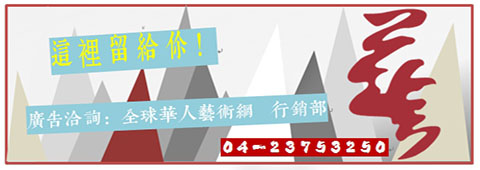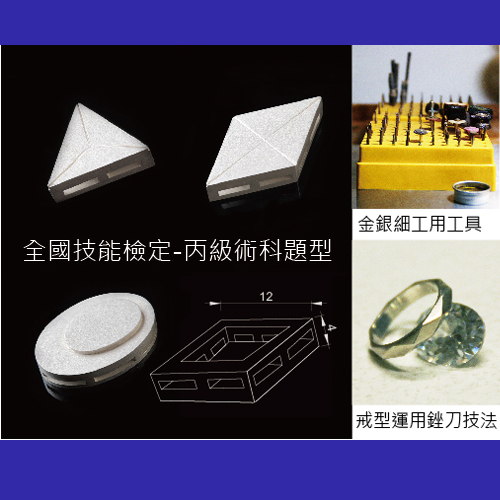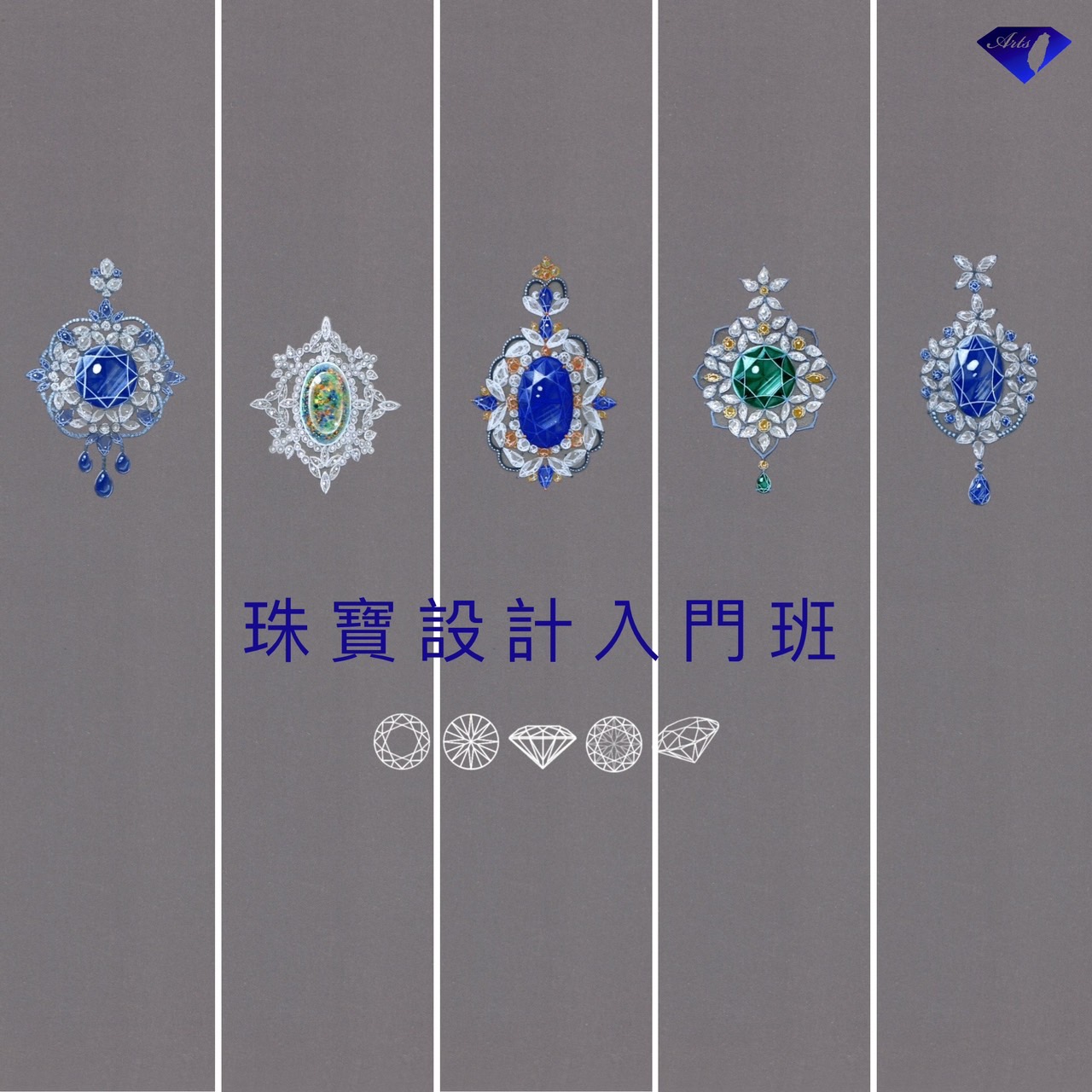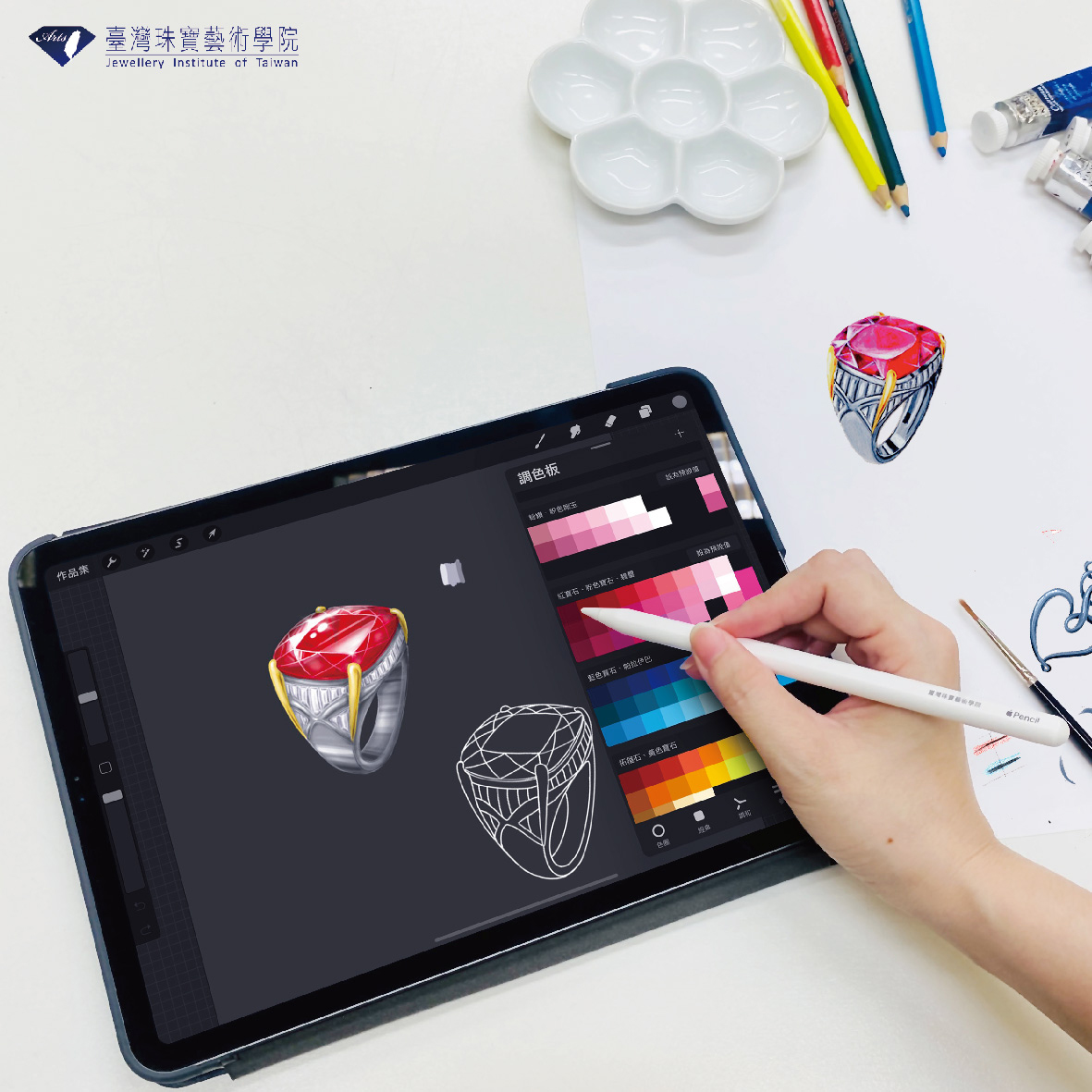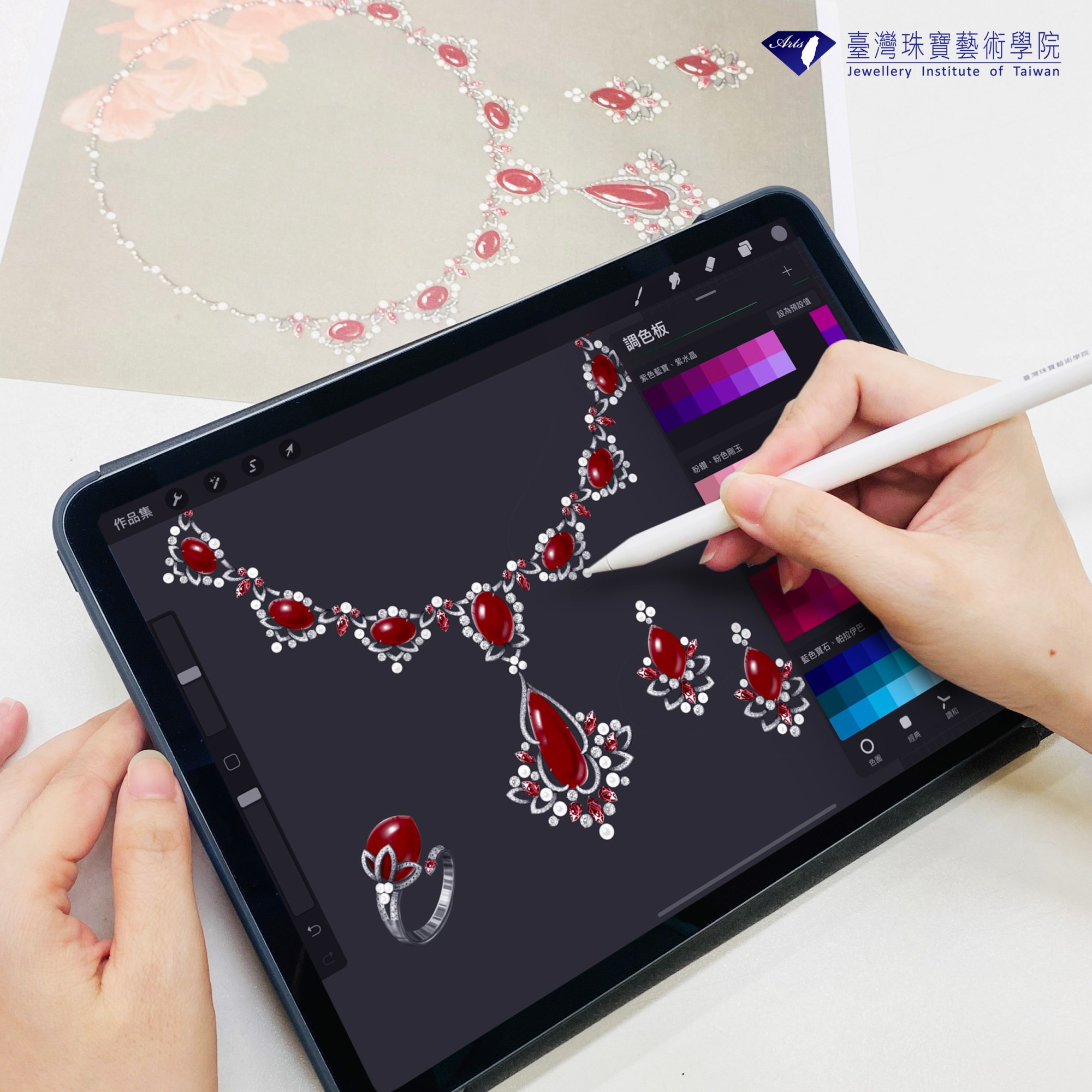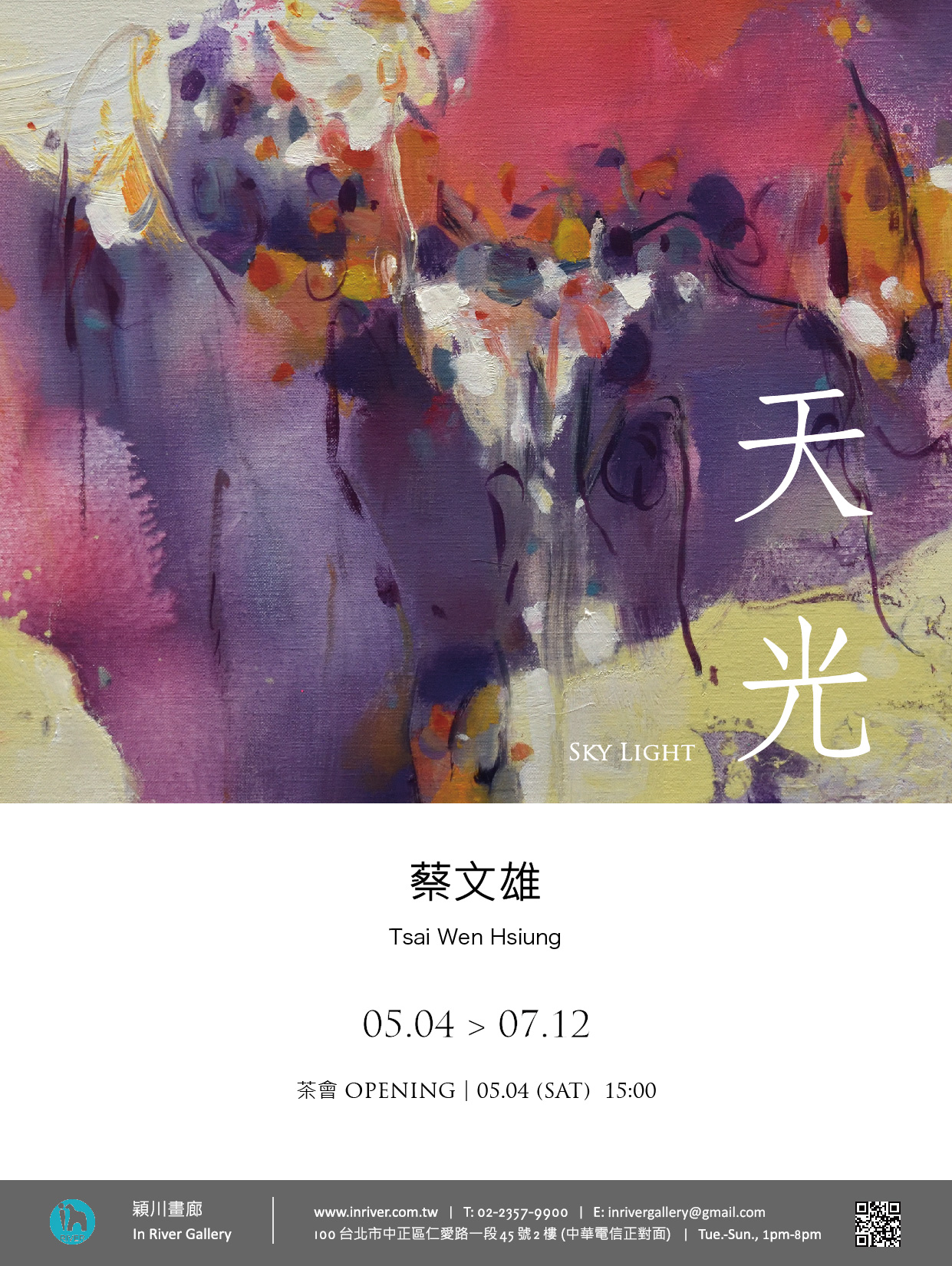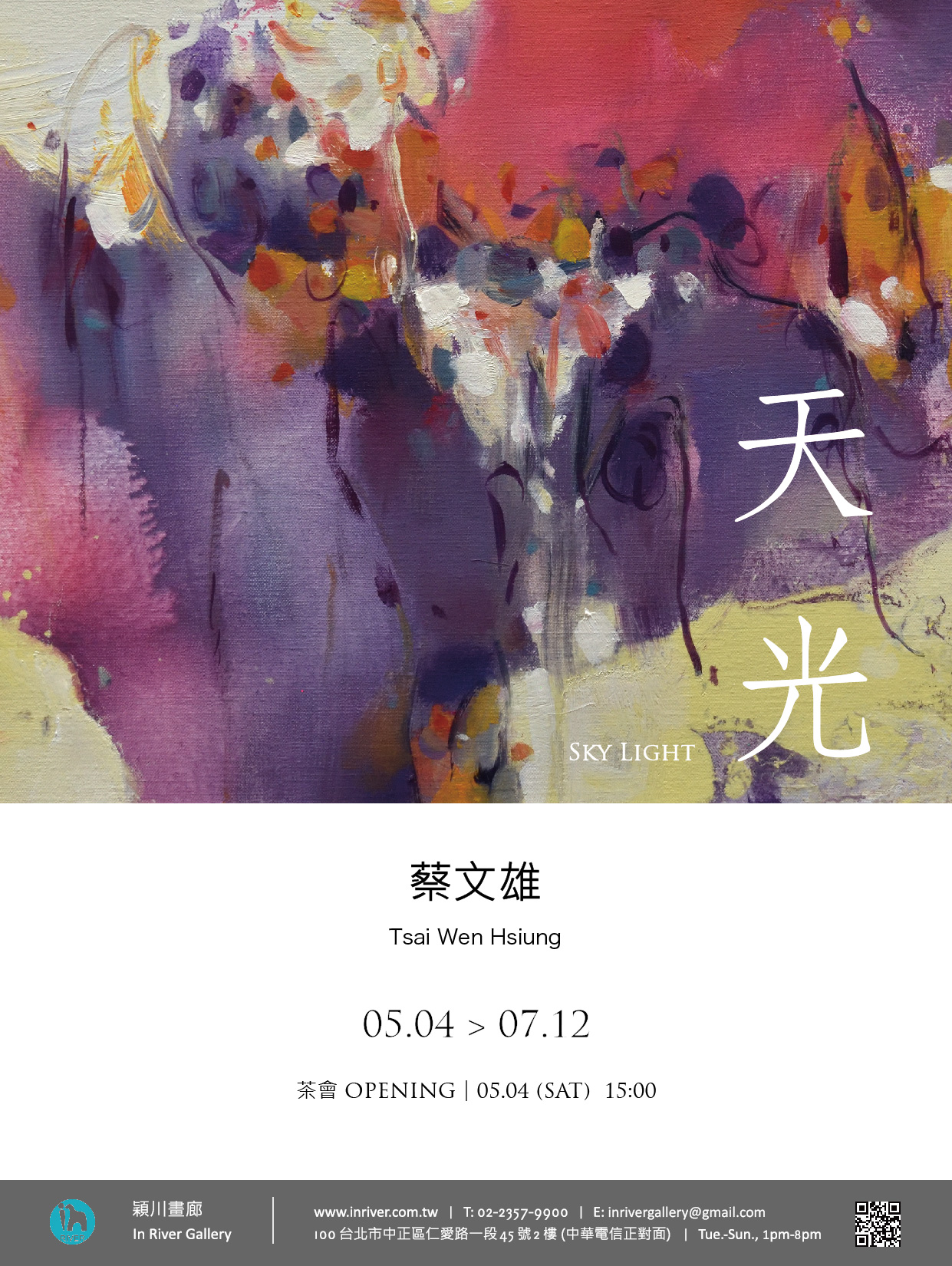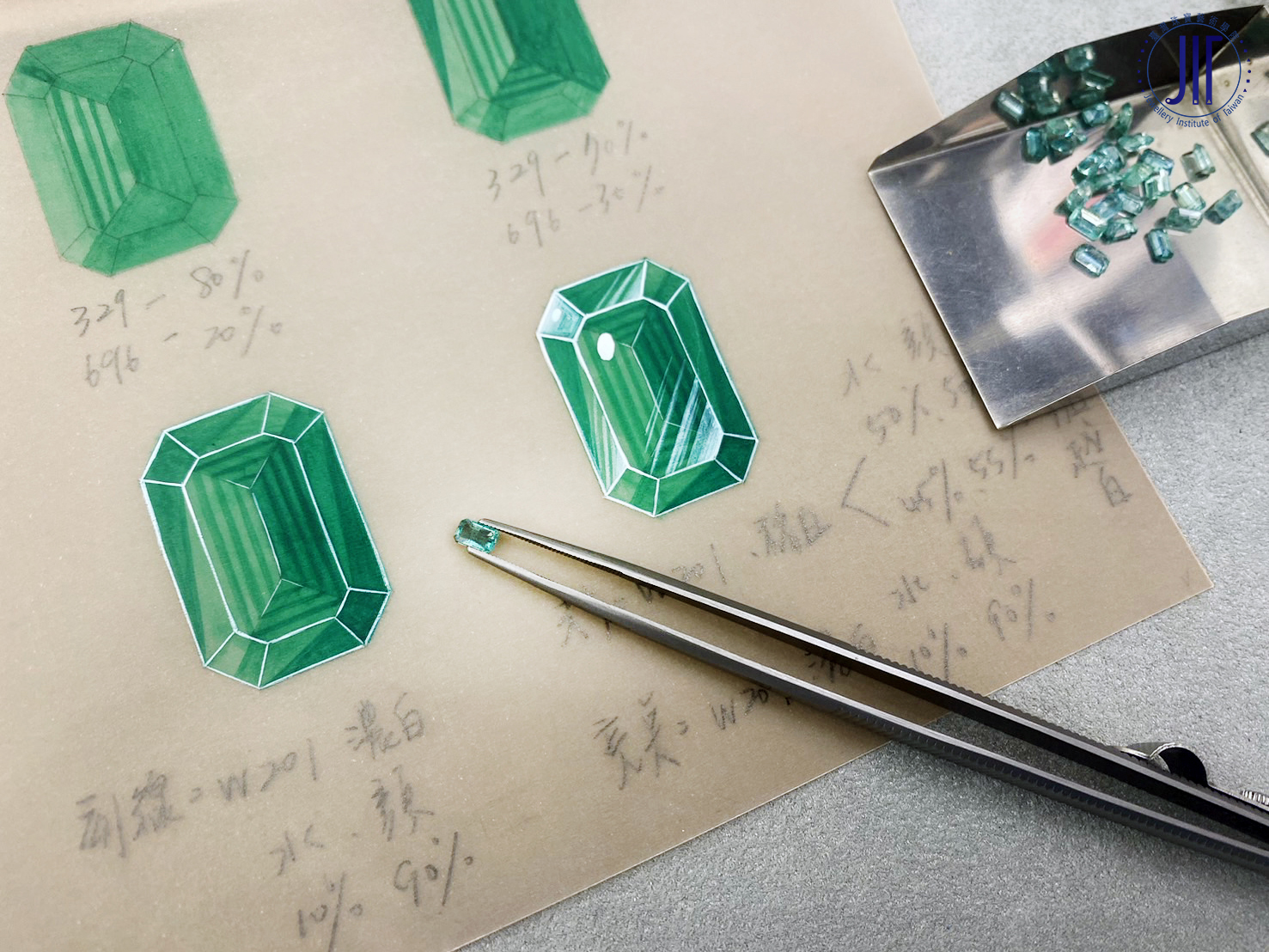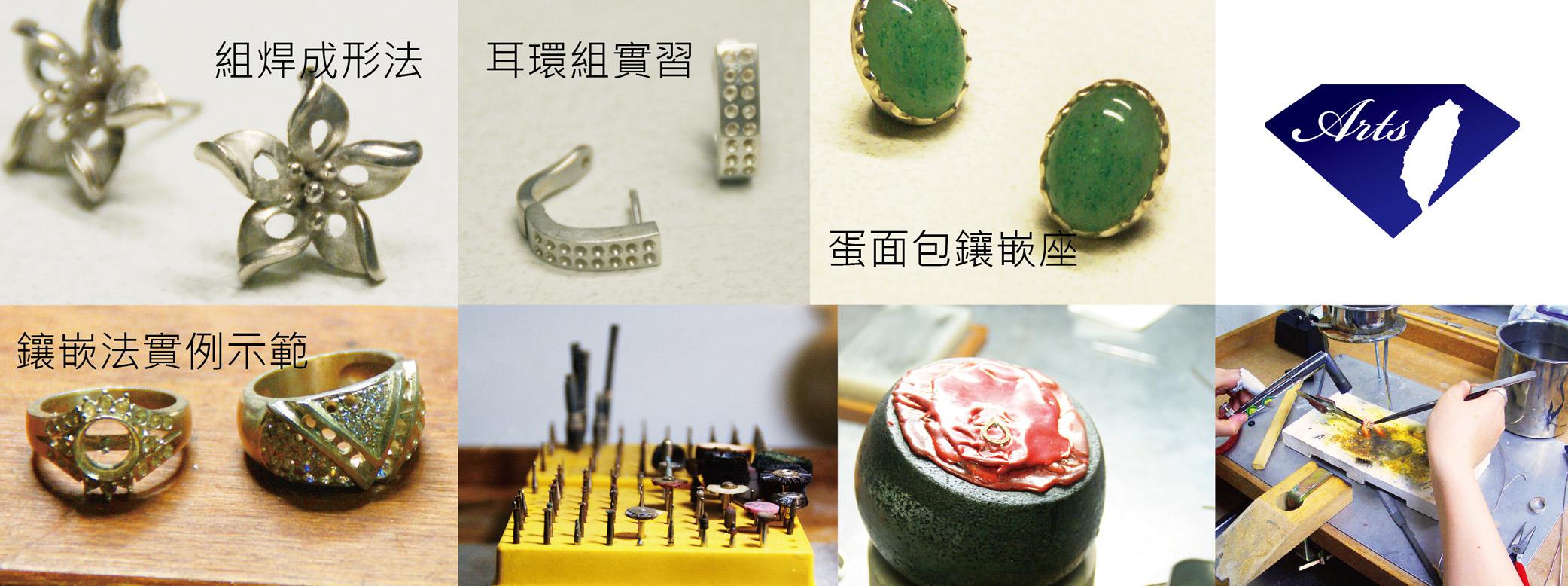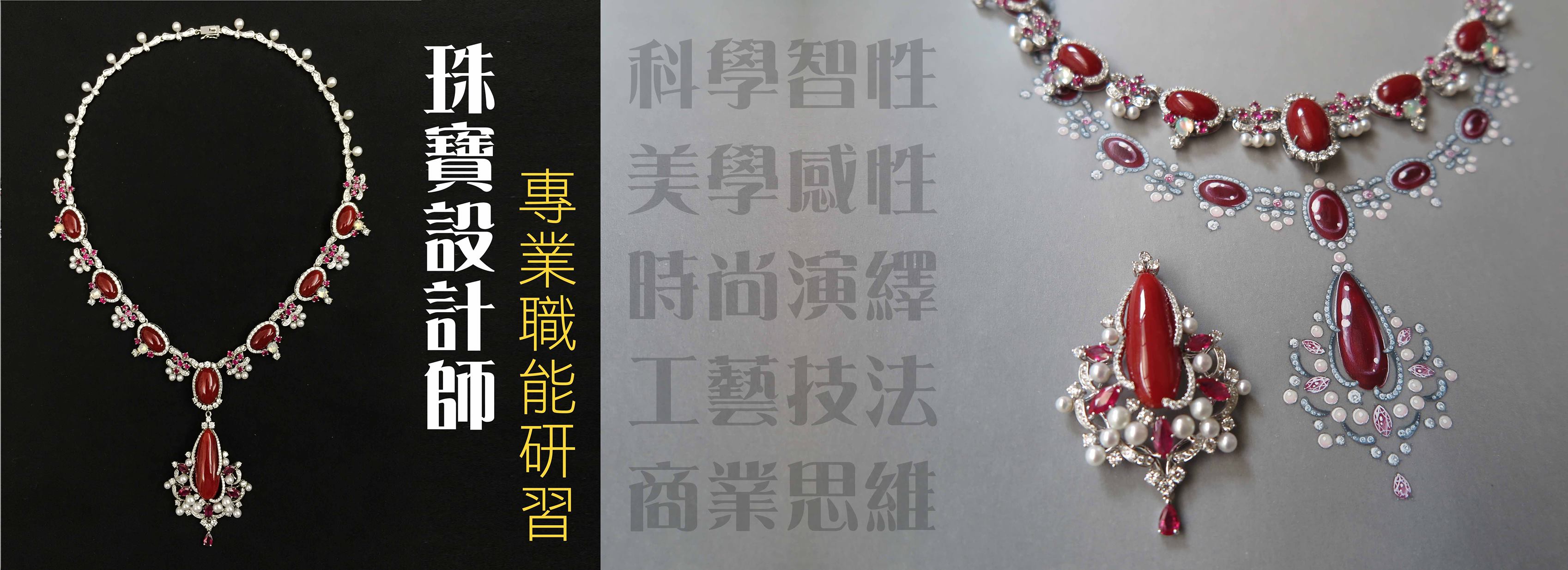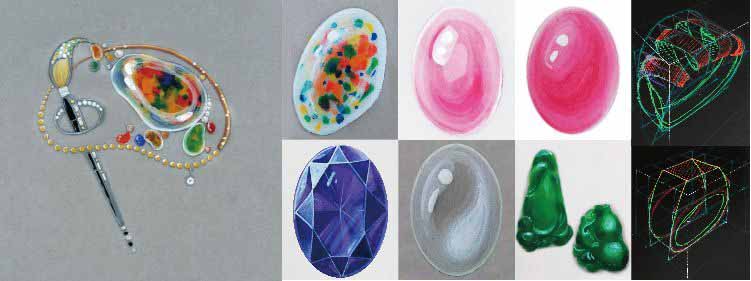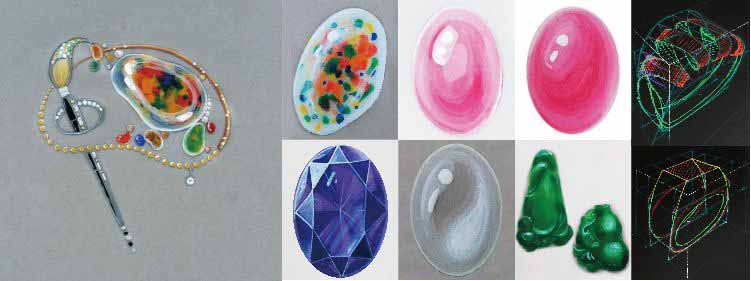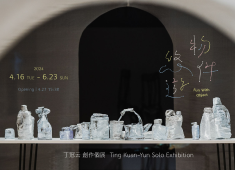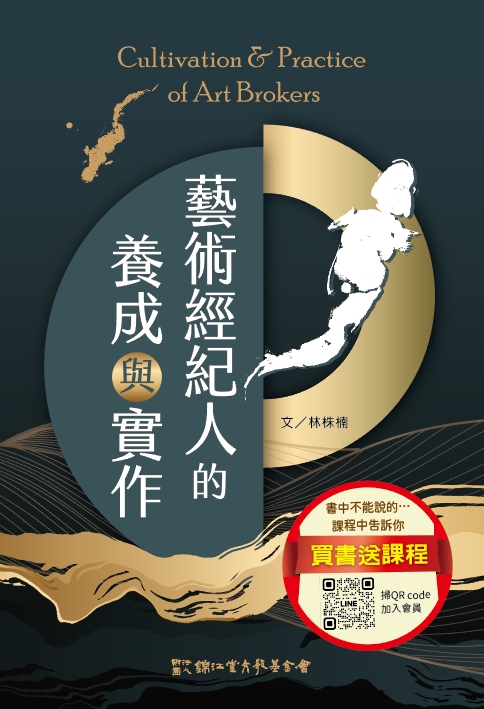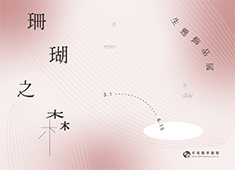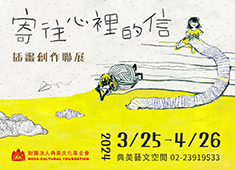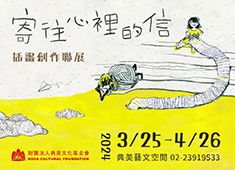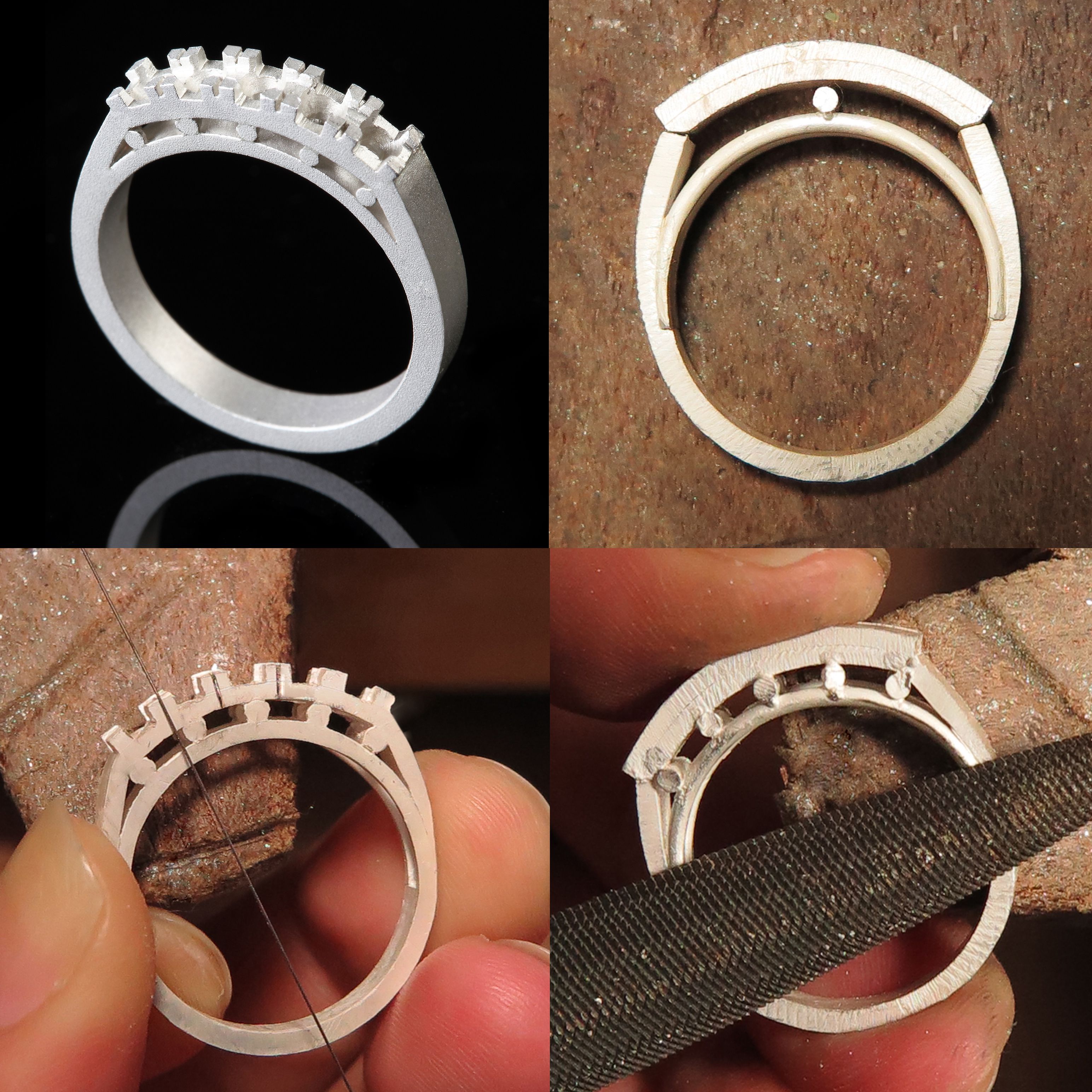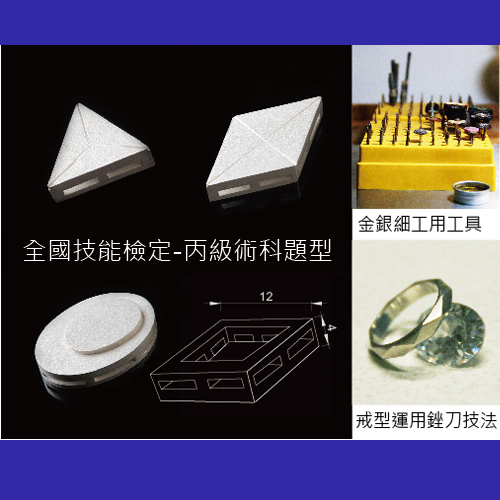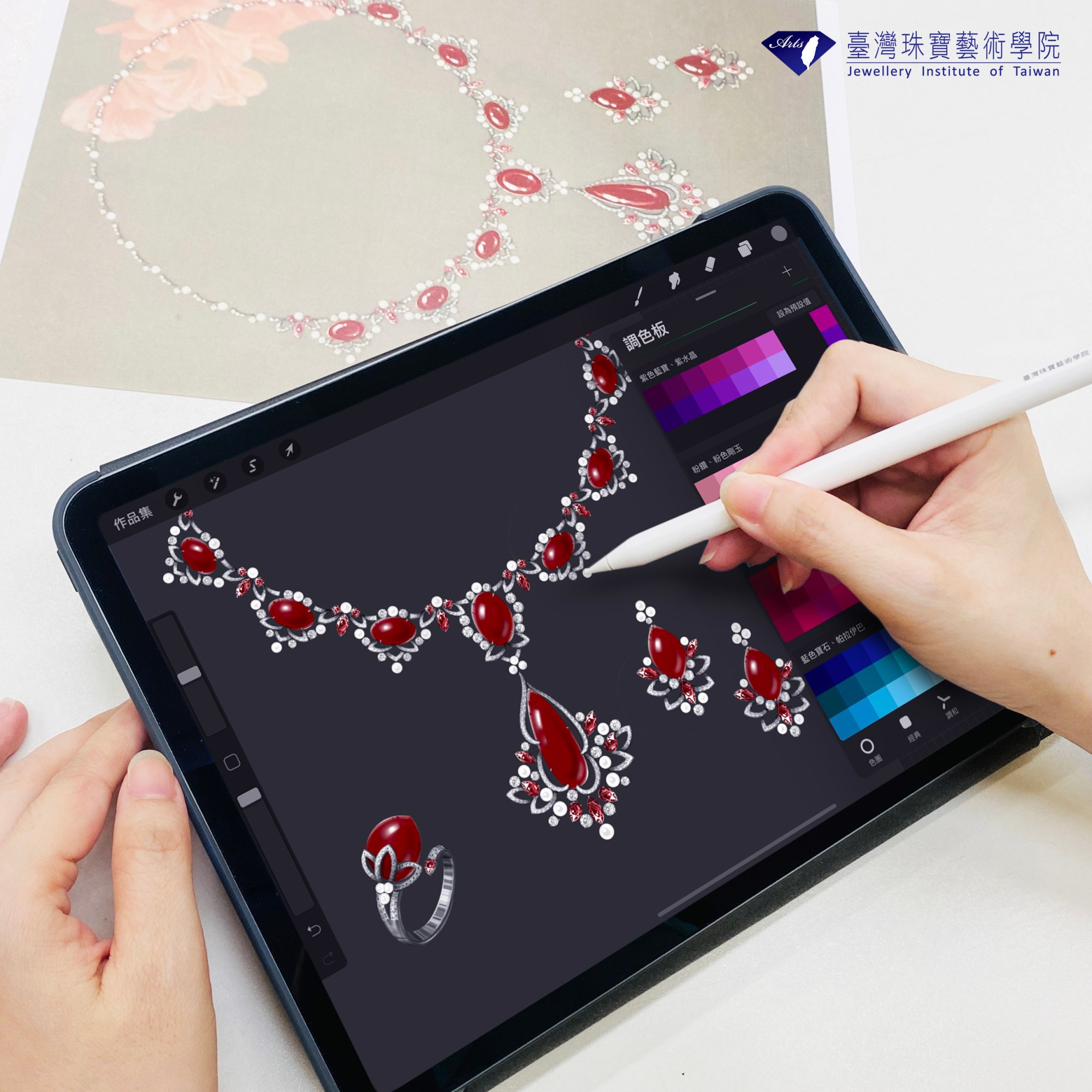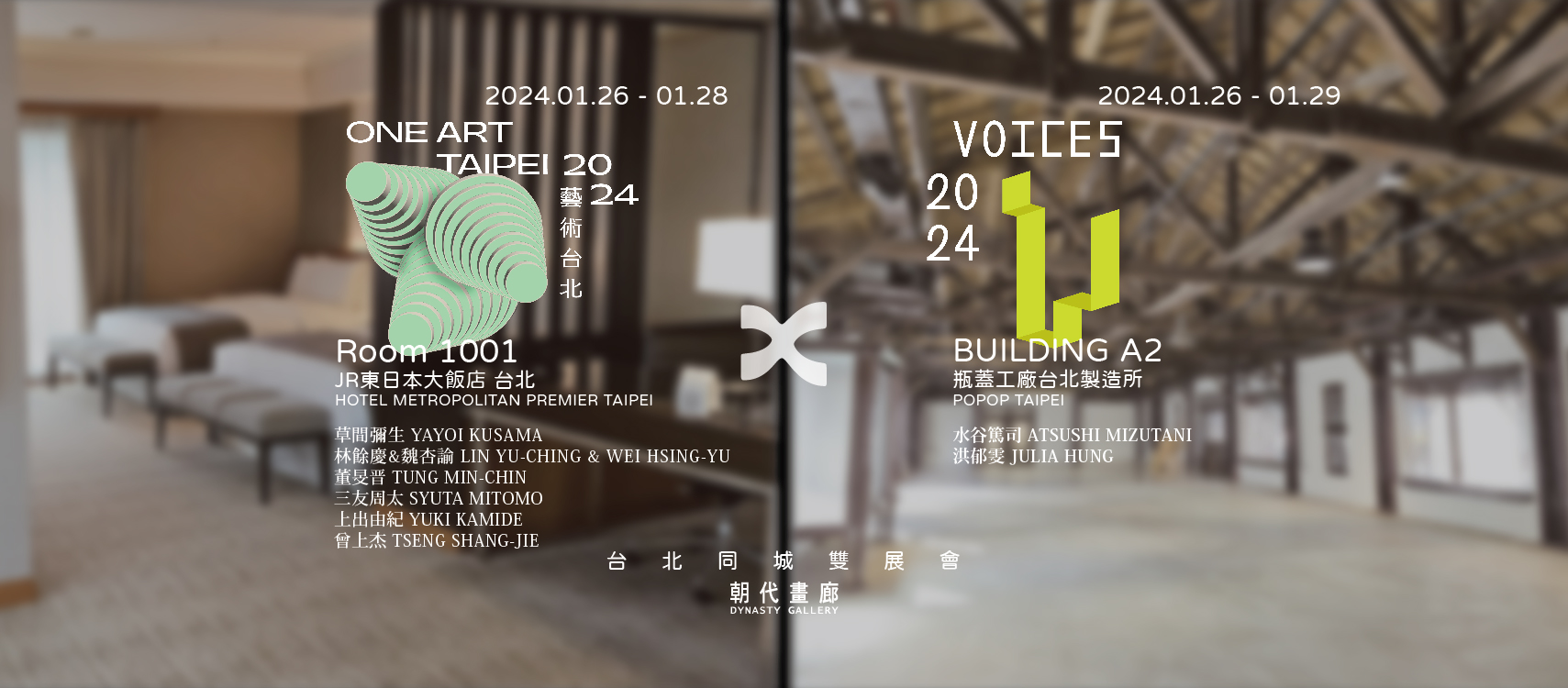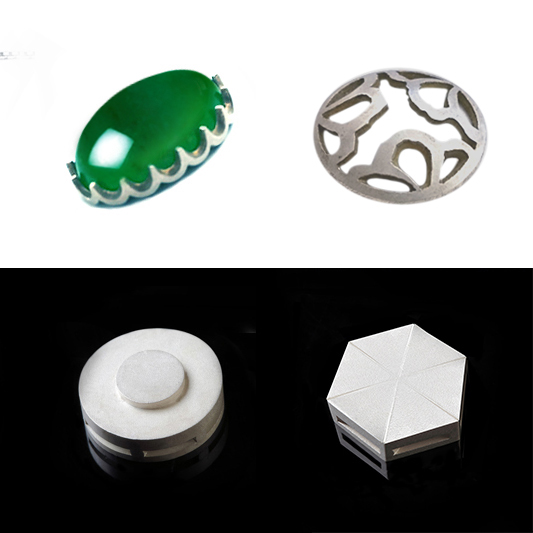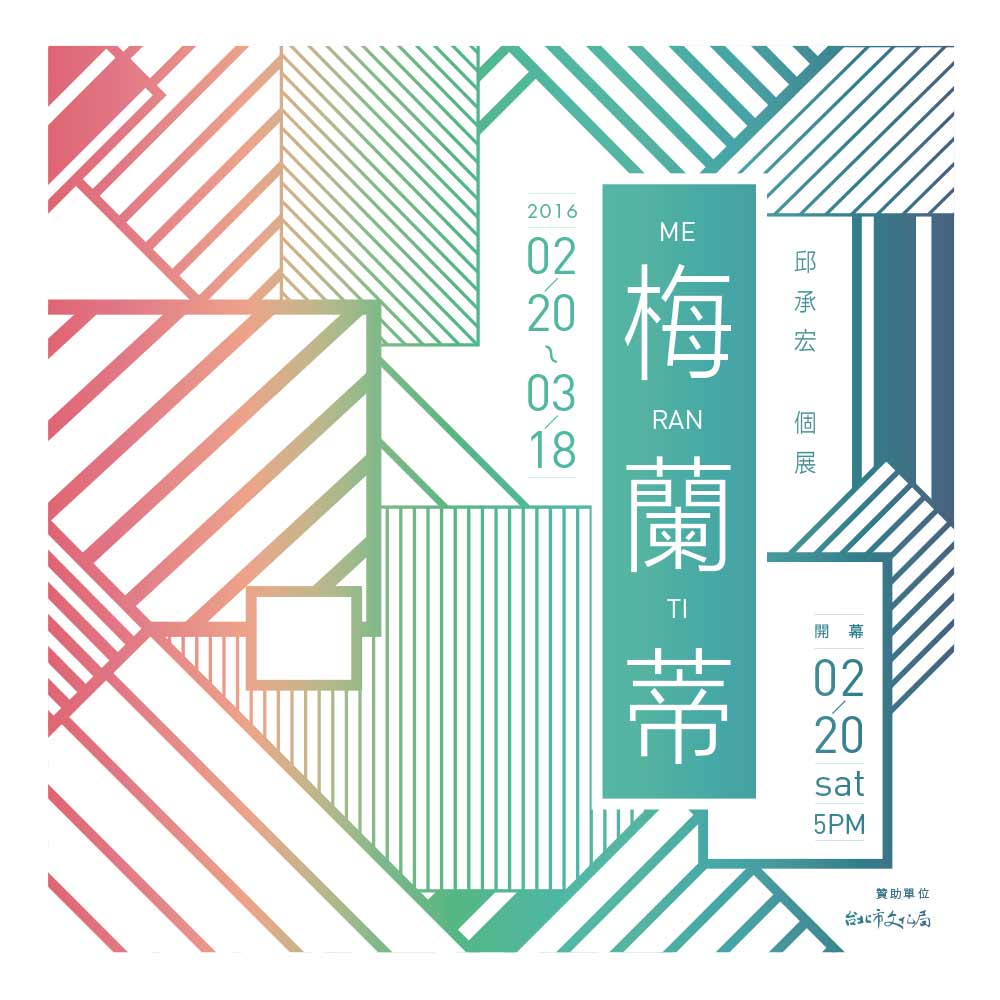

發佈單位(人):
社團法人中華民國視覺藝術協會
福利社FreeS Art Space (台北市中山區新生北路三段82號B1)
社團法人中華民國視覺藝術協會
福利社FreeS Art Space (台北市中山區新生北路三段82號B1)
活動地址:台北市中山區新生北路三段82號B1
活動日期:2016年02月20日~2016年03月18日
主題類別:展覽訊息
活動內容:
梅蘭蒂-邱承宏個展
MERANTI
2016/02/20~03/18
2016/02/20~03/18
開幕茶會: 2/20 (Sat) 17:00
在展覽<梅蘭蒂>(MERANTI)裡,藝術家邱承宏透過拆解與重組的程序,將物流業或其他工業經常使用的木棧板轉化為藝術體系裡的展品,而這整個過程的處理也使得其身份與面貌產生游移。木棧板原作為世界貿易體系裡的一種功能性物件,首先它與林業有關,經由砍伐、加工與裁切等程序,再依據不同地區的尺寸規範而製作。然而台灣的大部分工廠為節省成本,大多是購自港口那些連同貨物來到台灣的舊棧板,這些裝載著貨物從國外入台的底板,連結了至少兩個地點(台灣與他方)的工業需求。而那些乘載貨物的底座可能來自印尼、馬來西亞、泰國、美國、加拿大、中國等地不同的林區,在離開了樹木原屬的森林並被製成木棧板後,從而開始其漂泊旅程。
台灣從東南亞進口的木材中,主要品種乃為別名「梅蘭蒂」的柳安木,以此作為本展的展名,其如索引一般,將觀眾引入關於自然、工業、貿易、全球化、植物學等的關鍵詞所交織而成的脈絡裡。邱承宏將這些蒐集而來的棧板拆解製作成木板地,並以樹種分類,鋪設在場中。當觀眾遊走在這些來自不同國家的木板上,一方面是一種屬於觸覺、視覺甚至是嗅覺的感官體驗,一方面亦是貨物與木棧板在乘載關係上的變異。此外,那些置放在場中的霓虹燈字,呈現的是不同板材的樹種學名,並且藉著彩色燈光的組合,暗示著其來源國,看似絢麗的燈光,卻以此引入另一座屬於知識性的迷宮裡。
這些不同來源的棧板,轉換了它們既有的用途,並述說著關於物資流動性的想像。邱承宏揭示那些棧板的來源,並藉著經由系譜化歸類的木棧板建立起某種木與木之間的私密性對話。從家族工廠到花蓮礦場以及其衍生的行業等,邱承宏一步步的探掘那些潛行在這些產業中的物材,並把物與人之間所建立起的文化系譜打散後,再藉著藝術場域將之重新鏈結。
在展覽<梅蘭蒂>(MERANTI)裡,藝術家邱承宏透過拆解與重組的程序,將物流業或其他工業經常使用的木棧板轉化為藝術體系裡的展品,而這整個過程的處理也使得其身份與面貌產生游移。木棧板原作為世界貿易體系裡的一種功能性物件,首先它與林業有關,經由砍伐、加工與裁切等程序,再依據不同地區的尺寸規範而製作。然而台灣的大部分工廠為節省成本,大多是購自港口那些連同貨物來到台灣的舊棧板,這些裝載著貨物從國外入台的底板,連結了至少兩個地點(台灣與他方)的工業需求。而那些乘載貨物的底座可能來自印尼、馬來西亞、泰國、美國、加拿大、中國等地不同的林區,在離開了樹木原屬的森林並被製成木棧板後,從而開始其漂泊旅程。
台灣從東南亞進口的木材中,主要品種乃為別名「梅蘭蒂」的柳安木,以此作為本展的展名,其如索引一般,將觀眾引入關於自然、工業、貿易、全球化、植物學等的關鍵詞所交織而成的脈絡裡。邱承宏將這些蒐集而來的棧板拆解製作成木板地,並以樹種分類,鋪設在場中。當觀眾遊走在這些來自不同國家的木板上,一方面是一種屬於觸覺、視覺甚至是嗅覺的感官體驗,一方面亦是貨物與木棧板在乘載關係上的變異。此外,那些置放在場中的霓虹燈字,呈現的是不同板材的樹種學名,並且藉著彩色燈光的組合,暗示著其來源國,看似絢麗的燈光,卻以此引入另一座屬於知識性的迷宮裡。
這些不同來源的棧板,轉換了它們既有的用途,並述說著關於物資流動性的想像。邱承宏揭示那些棧板的來源,並藉著經由系譜化歸類的木棧板建立起某種木與木之間的私密性對話。從家族工廠到花蓮礦場以及其衍生的行業等,邱承宏一步步的探掘那些潛行在這些產業中的物材,並把物與人之間所建立起的文化系譜打散後,再藉著藝術場域將之重新鏈結。
CHIU Chen Hung’s exhibition MERANTI is comprised of the wooden pallets normally used in logistics or other industries that the artist has transformed through a process of deconstruction and reconstruction. In the process of converting the raw materials into artworks, the media vacillates in character and identity. As a functional object in the world trade system, the wooden pallet originates as a basic organic material. Through industrialised forestry it is harvested, processed and manufactured to the size specifications from different regions. In order to keep costs down many manufacturers in Taiwan purchase used wooden pallets that have arrived in shipments from ports around the world connecting the demands of freight industries in Taiwan with others worldwide. The wood come from the forests in Indonesia, Malaysia, Thailand, America, Canada or China, before being turned into pallets and beginning their sea-faring journey.
The exhibition title comes from the idea of the imported timber, a main Philippine Lauan called Meranti, where is originally from Southeast Asia. The title acts as an entry point to lead the audience into a series of different conceptual lexicons: nature, industry, trade, globalism and botany. CHIU deconstructs the collecting material to make a wooden floor in the exhibition space that is categorized by species. When the audience walks onto floor they are made aware of the sensory experiences of each variety of wood through touch, sight and smell. Moreover, they perceive a relationship between the loading the freight on the pallets with their own bodies. A neon light installation shows the different species’ scientific names. Literally casting light on the installation, the neon’s signal the origins of the materials and guides the audience into a labyrinth of knowledge.
In the installation the pallets are transformed from their original function into an imaginative depiction of floating material. CHIU presents the sources of the pallets by pedigree in order to build up a private dialogue with the material. Through experiences of family-run factories, the mining industry in Hualien and other related businesses, CHIU explores the potential of industrial products to deconstruct the cultural relationships between humans and raw materials thereby reconstructing the connection of practicing material with artistic sphere.
The exhibition title comes from the idea of the imported timber, a main Philippine Lauan called Meranti, where is originally from Southeast Asia. The title acts as an entry point to lead the audience into a series of different conceptual lexicons: nature, industry, trade, globalism and botany. CHIU deconstructs the collecting material to make a wooden floor in the exhibition space that is categorized by species. When the audience walks onto floor they are made aware of the sensory experiences of each variety of wood through touch, sight and smell. Moreover, they perceive a relationship between the loading the freight on the pallets with their own bodies. A neon light installation shows the different species’ scientific names. Literally casting light on the installation, the neon’s signal the origins of the materials and guides the audience into a labyrinth of knowledge.
In the installation the pallets are transformed from their original function into an imaginative depiction of floating material. CHIU presents the sources of the pallets by pedigree in order to build up a private dialogue with the material. Through experiences of family-run factories, the mining industry in Hualien and other related businesses, CHIU explores the potential of industrial products to deconstruct the cultural relationships between humans and raw materials thereby reconstructing the connection of practicing material with artistic sphere.


